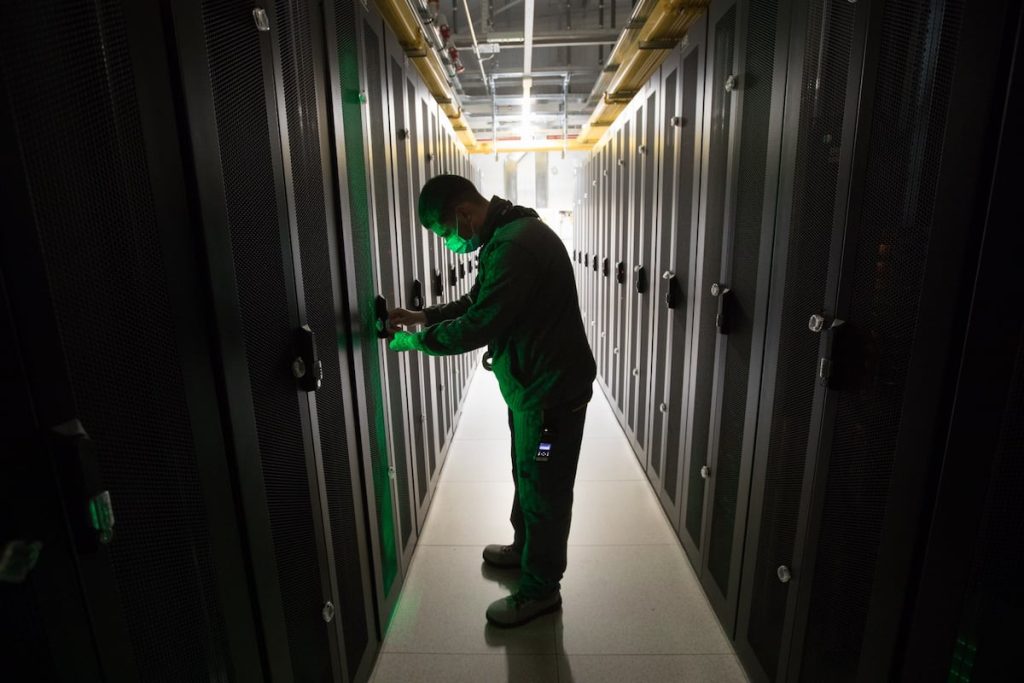The combination of various risk factors that individually may not have a significant impact can lead to a catastrophe when they come together in a certain way. This is known as a perfect storm. In the case of the trendy investment in data centers, these risk factors are combining and recombining. There are warning signs present. The “2022 Global Investor Outlook Report” from the real estate investment company Colliers points to data centers as one of the alternative segments attracting the most attention and money in Europe, alongside life sciences and student housing. The surge in energy demand, inadequate electrical grids, real estate speculation, fund pressure, and expectations from major energy groups paint a picture of speculation and risk within the industry.
According to Morgan Stanley, the market significantly underestimates the size and scope of data center growth in Europe. BNP Paribas reports that the International Energy Agency estimates a 30% increase in electricity demand from data centers by 2026 compared to 2023, representing 3% of the total electricity demand in the EU. These centers are crucial for the operation of technologies like Artificial Intelligence, machine learning, and the Internet of Things, requiring significant amounts of land, energy for cooling the data racks, and financial resources to support projects. Those who have suitable land, renewable energy at a good price, and funding are at the forefront of great opportunities.
Spain plays a central role in this scenario, with giants like Amazon announcing massive investments in data centers in Aragon and real estate investment companies like Merlin Properties raising funds through capital increases to expand their business. The country is set to host three new data highways and submarine cables, making it a key hub for data traffic in Europe. The CEO of Merlin Properties highlighted the importance of timing and the arrival of new submarine cables, which will increase data traffic significantly.
Leading consulting firms and investment banks have examined the current state of the data center industry. Morgan Stanley predicts a fivefold increase in data centers in Europe over the next decade, with an annual growth rate of 18% for the next five years driven by cloud services, AI, and data protection technologies. A select group of companies dominate the European data center market, including Amazon Web Services, Microsoft Azure, Google Cloud, and more. The market is concentrated in major cities like London, Frankfurt, Amsterdam, Paris, and Dublin, with emerging markets in countries like Spain, Poland, Italy, and Iceland.
The energy factor is crucial in the data center industry, with companies like EDPR, Acciona Energía, and Iberdrola positioned as winners in the European race for data center dominance. These companies serve as both producers of electricity, particularly renewable energy, and owners of distribution networks. The ongoing debate over the future regulation and financing of these networks underscores the importance of securing positions in the market. The push to increase investments in electrical grids and ensure reliable power supply to data centers and other consumers is a key aspect of the industry’s development and growth.
In conclusion, the data center market in Europe is experiencing rapid growth driven by technological advancements, increasing data volumes, and the need for reliable and efficient infrastructure. Spain is emerging as a key player in this market, attracting significant investments from major companies and real estate developers. The future of the data center industry in Europe will be shaped by factors like energy efficiency, regulatory changes, and the strategic positioning of key players in the market. As the demand for data processing and storage continues to rise, the industry is set to expand further, creating new opportunities and challenges for investors and stakeholders alike.


